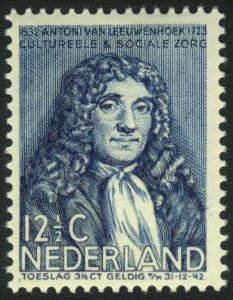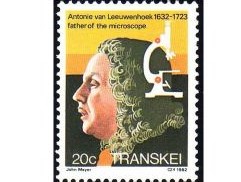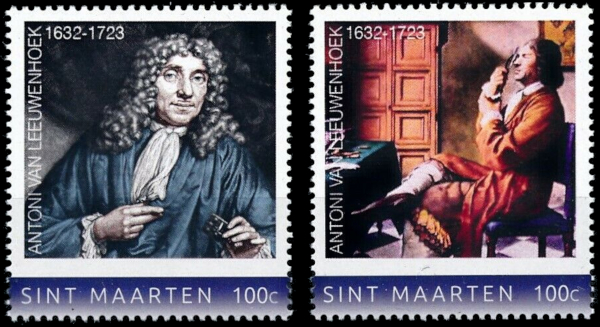Hippocrates (c460 – c370 B.C.) – Greek physician, recognized as father of medicine. Hippocratic school had an enormous importance in separating medicine from superstition, placing it in an a strict scientific observations.
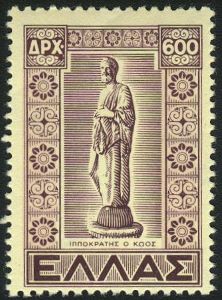

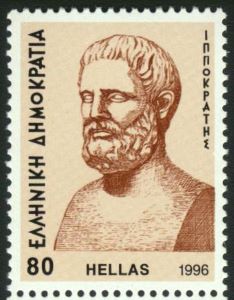

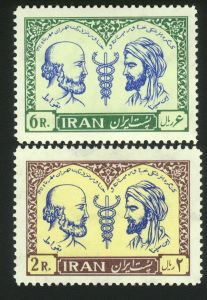
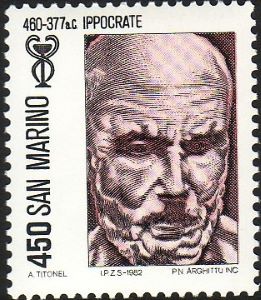
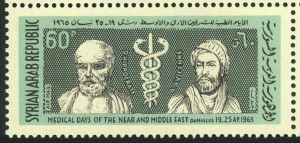

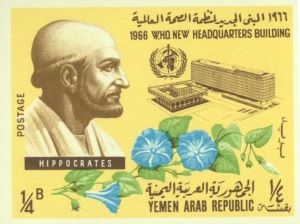
Vesalius (1514 – 1564) – He was the author of one of the great works in anatomy of all time, “De humani corporis fabrica”.
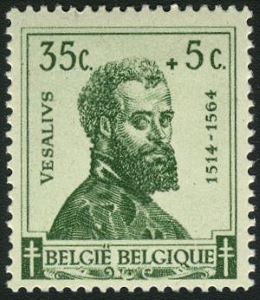
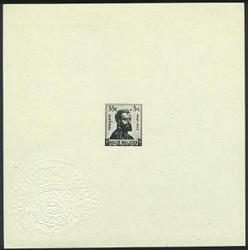
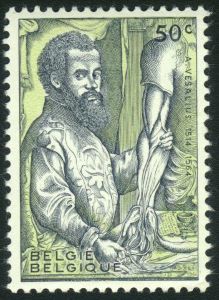

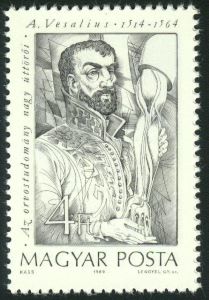



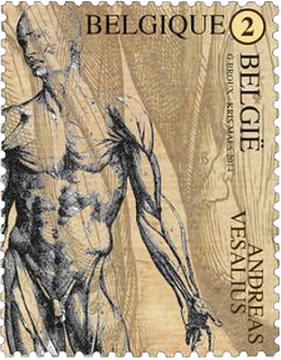
Avicenna (980 – 1937 ) – The greatest of the Islamic physicians, elaborated the “canon of Medicine”, probably the best known medical text during the Middle ages which contain the whole medical knowledge of the time.

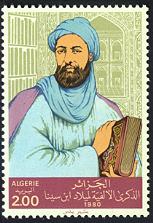


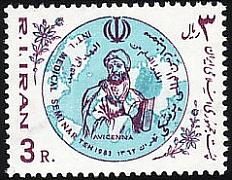
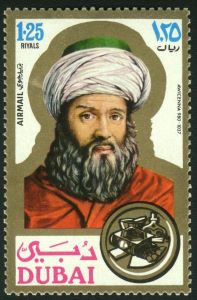
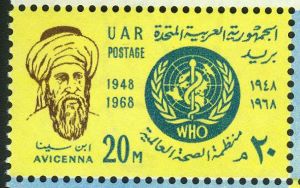
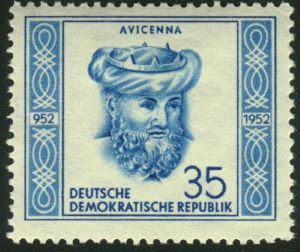


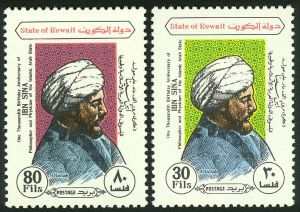
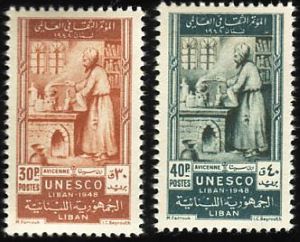
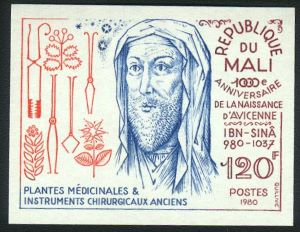
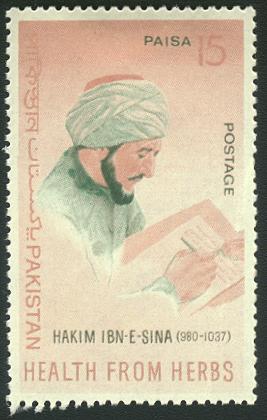
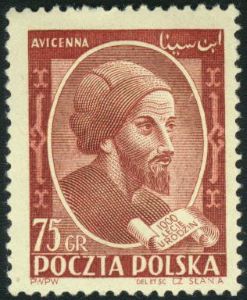
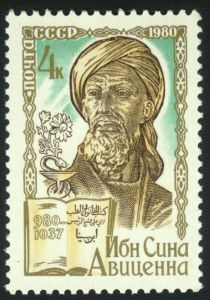
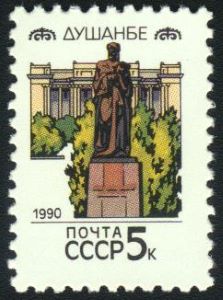
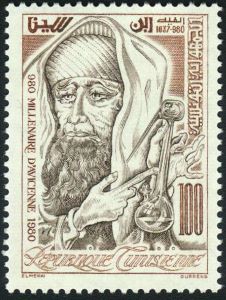

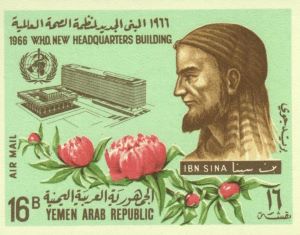
Maimonides (1135 – 1204) – Jewish scholar, physicist and philosopher. He wrote several medical books, including an important work on hygiene.
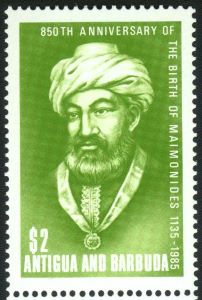
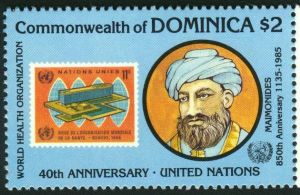
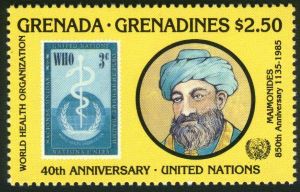
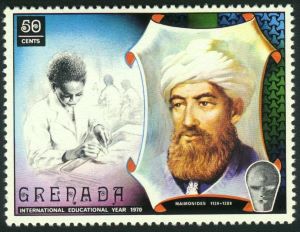

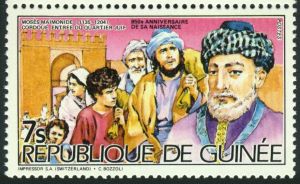
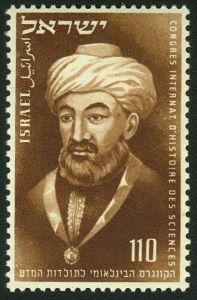
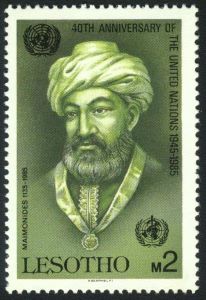

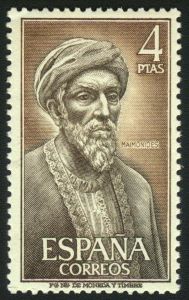
Leonardo da Vinci (1452 – 1519) – He studied anatomy and sketched almost every part of the body, being considered the greatest anatomist of his time. He described the teeth carefully, and for first time made a distinction between molars and premolars.
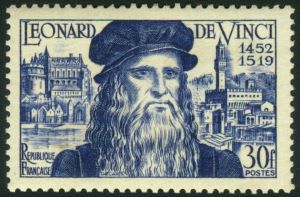

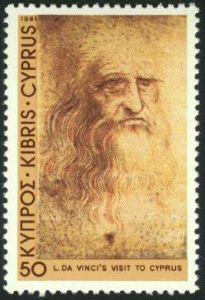

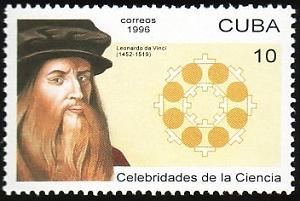
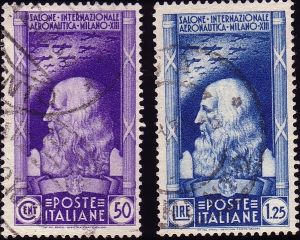
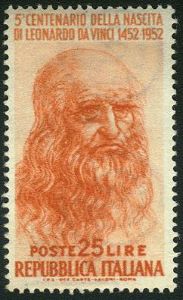
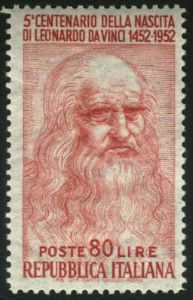
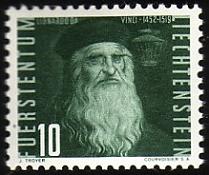
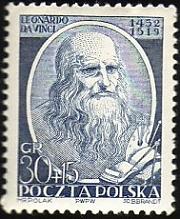
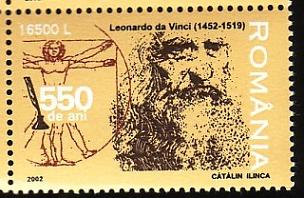
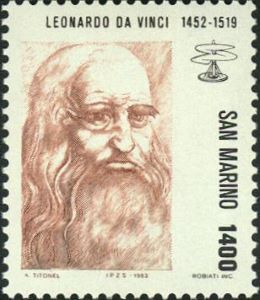
Albucasis ( 1050 – 1122 ) Educated at the University of Cordoba, one of the most able surgeons of the medieval world, devoted several chapters in his textbook to dental extractions, periodontal diseases, scaling and treatment of deformities of dental arches. He devised several dental devices and artificial teeth made of animal bones.
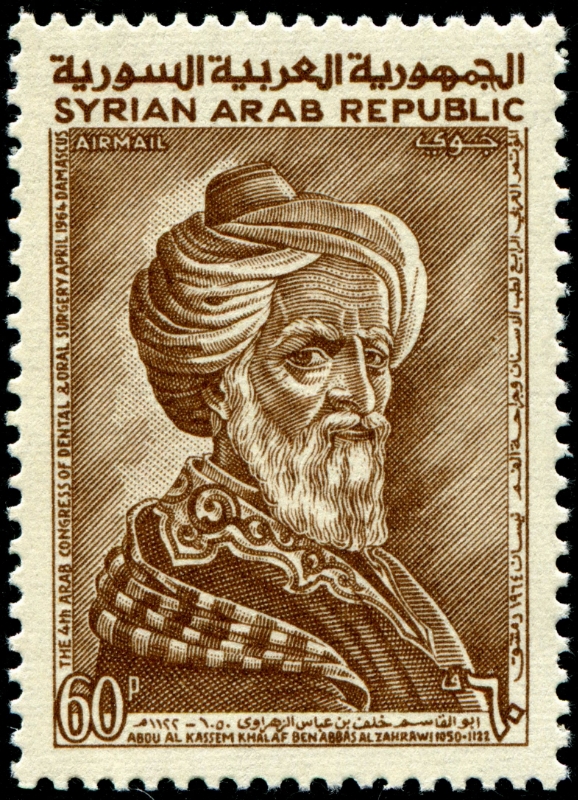
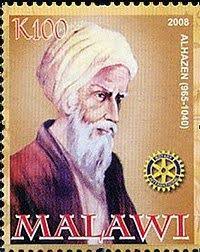
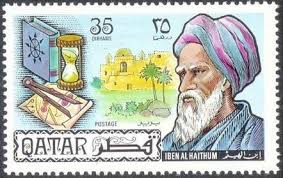
Paracelsius (ca.1493 – ca.1541) Alchemist and physician, is credited with introducing chemical pharmacology to Western medicine, including Dentistry, giving an prescription for toothache

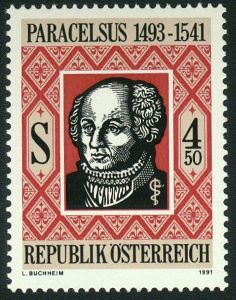
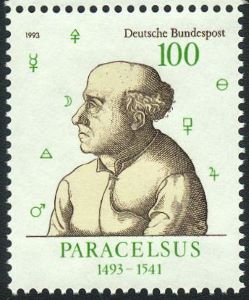
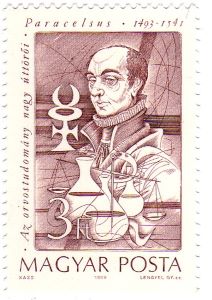
Malpighi Marcello ( 1628 – 1694 ) The founder of microanatomy, through dicovery of capillaries, in 1675 described the structures of enamel and dentin, compering them with the bark and corona of trees.

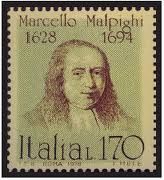
Dr. Purinje Johannes (1787 -9 ) – Czech physiologist. While professor in Prague he improved microscope technique and made numerous contributions in the fields of histology, including tubules of dentine.
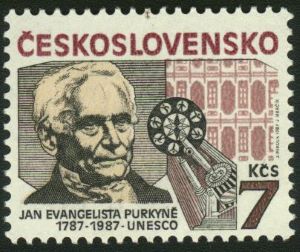
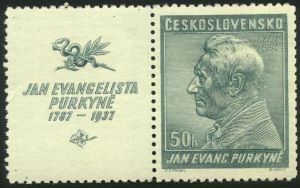
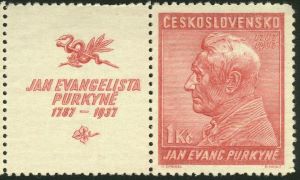
Anthony von Leeuwenhoek ( 1632 – 1723 ) Not a physician, but an important proponent of microscopy, gave a description of the tooth canals to a gathering of the Royal Society in 1678 in London, asserting that the tooth is formed from very norrow, transparent tubes.
